Pellet stoves have gained popularity as an efficient and eco-friendly heating option for many households. These stoves utilize an auger motor to transport wood pellets from the hopper to the combustion chamber, ensuring a steady and consistent heat output. However, like any mechanical component, they can experience issues over time. Testing and troubleshooting the auger motor is an essential skill for pellet stove owners, as it allows you to identify and fix any problems that may arise. In this guide, we will walk you through the steps to test the auger motor in your pellet stove, enabling you to diagnose and resolve common issues effectively.
Safety Precautions- creating a risk-free environment
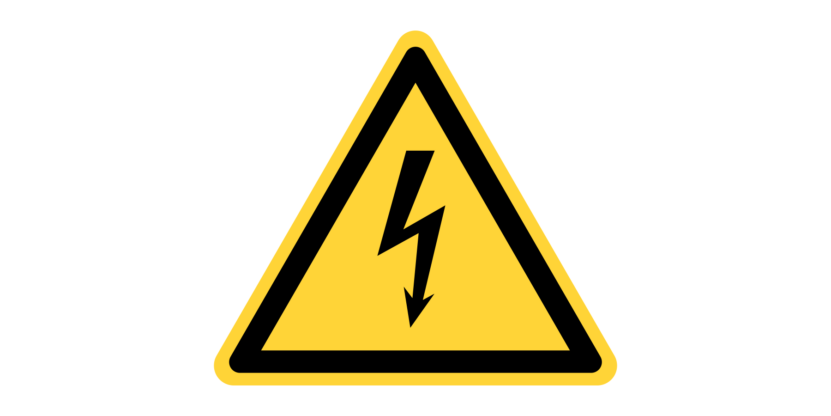
Before you begin testing the auger motor, it is crucial to make sure the environment is completely safe. Start by checking if the pellet stove is powered off and completely disconnected from any electrical source. This precaution eliminates the possibility of accidental electric shocks or other electrical hazards during the testing process. In addition, it is highly recommended to wear protective gloves and goggles to safeguard yourself from any potential injuries. Furthermore, it is essential to consult your stove’s user manual before proceeding with any testing procedures.
Accessing the Auger Motor
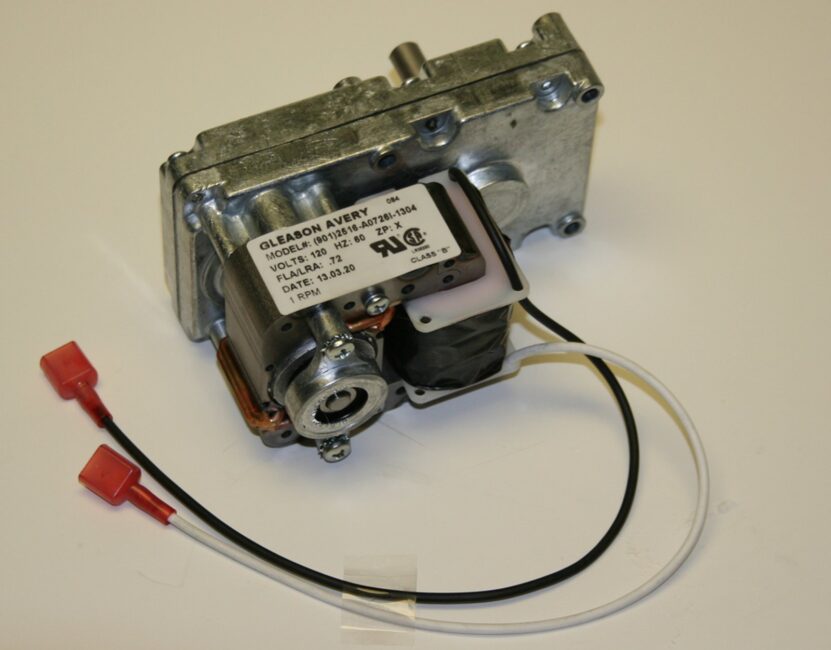
Auger Motor in a Pellet Stove. Depending on the stove model, it may be situated either at the back or the side of the stove. In most cases, you will need to remove the hopper or access panel to gain access to the motor. Follow the instructions to safely open the stove and locate the auger motor.
Inspecting the Motor and Wiring
Once you have accessed the auger motor, visually inspect it for any signs of damage or wear. Look for loose or disconnected wires, frayed cables, or any obvious physical damage. If you notice any issues, such as a damaged motor or wiring, it may require replacement.
Testing the Motor with a Multimeter
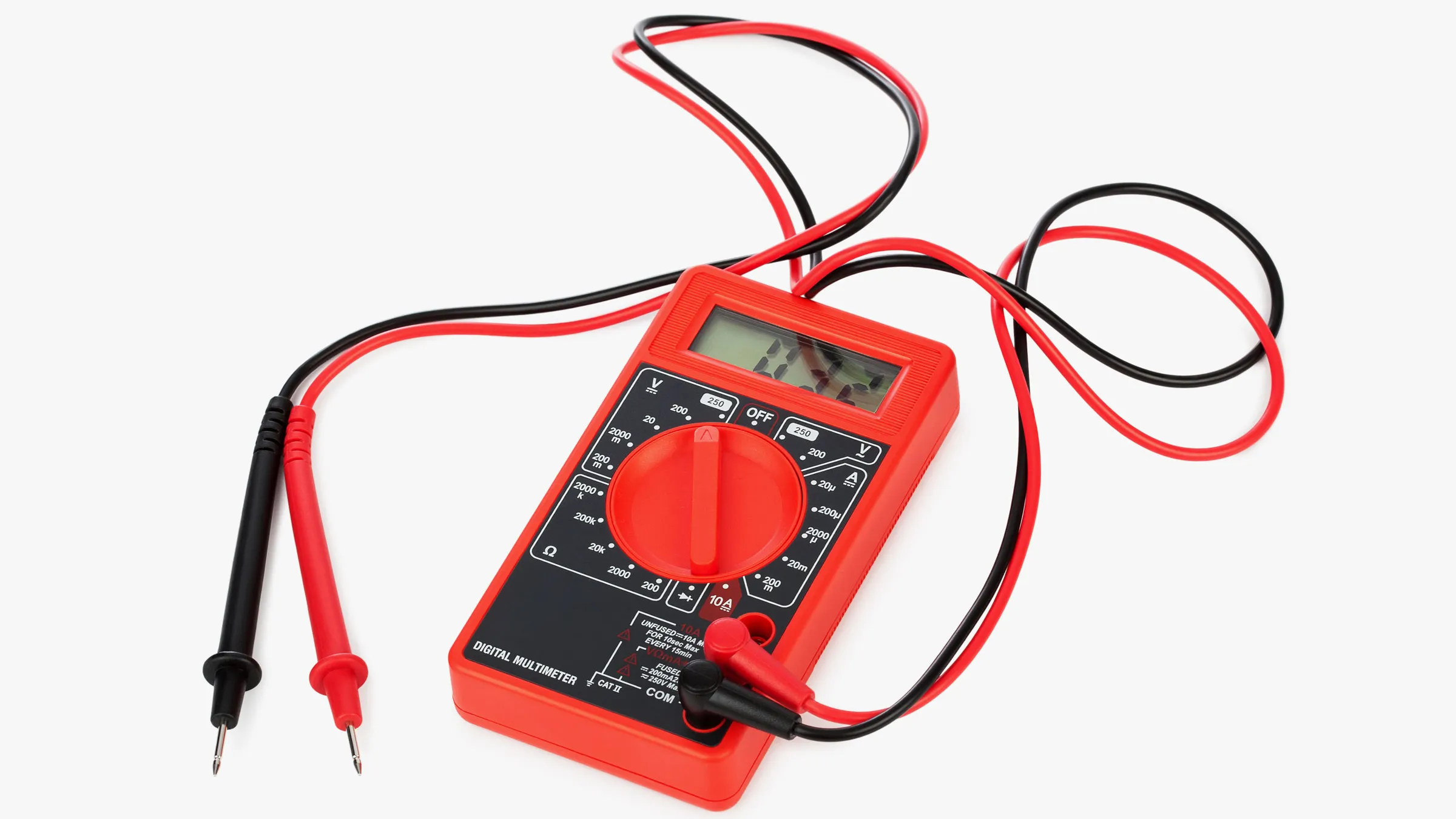
To determine if the auger motor is functioning correctly, you will need a multimeter. Set it to the continuity or resistance mode. Begin by disconnecting the motor from the stove’s power source. Then, use the multimeter probes to check the resistance across the motor’s terminals. A functional motor should display a low resistance reading, typically between 10 and 100 ohms. If the reading is infinite or significantly higher, it indicates a faulty motor that you need to replace.
Verifying Power Supply
If the auger motor tests positive for continuity, indicating that it is functioning properly, the next step is to verify the power supply. This step ensures that the motor is receiving the necessary voltage to operate correctly. To begin, reconnect the auger motor to the stove’s power source and switch on the stove.
Using a multimeter, set it to the voltage mode and ensure it is within the appropriate range for the motor’s voltage specifications. Carefully touch the multimeter probes to the motor’s power supply wires, ensuring that one probe makes contact with the positive wire and the other with the negative wire. It is essential to exercise caution and ensure proper insulation of the wires to prevent electrical shock or damage to the multimeter.
The multimeter should display a voltage reading that matches the manufacturer’s specifications for the auger motor. This information can typically be found in the stove’s user manual or by contacting the manufacturer directly. If the voltage reading matches the specifications, it indicates that the power supply is functioning correctly, and the issue lies elsewhere.
However, if no voltage is detected or the reading significantly deviates from the manufacturer’s specifications, it suggests a power supply issue. Several factors can cause this problem, including a blown fuse, a faulty control board, or a wiring issue. To troubleshoot further, it is advisable to consult the stove’s user manual or seek assistance from a professional technician who specializes in pellet stoves.
If a blown fuse is suspected, locate the fuse within the stove and check if it has blown. Replace it with a new fuse of the same rating if necessary. In the case of a faulty control board, visually inspect the board for any signs of damage, loose connections, or burnt components. If any issues are detected, refer to the manufacturer’s manual or seek professional help to resolve the problem. It may be necessary to replace the control board entirely.
Remember, working with electrical components can be dangerous, and if you are unsure or uncomfortable with the testing process, it is always best to seek professional assistance. Professional technicians have the expertise and knowledge to diagnose and fix complex issues effectively while prioritizing safety.
Troubleshooting Control Board
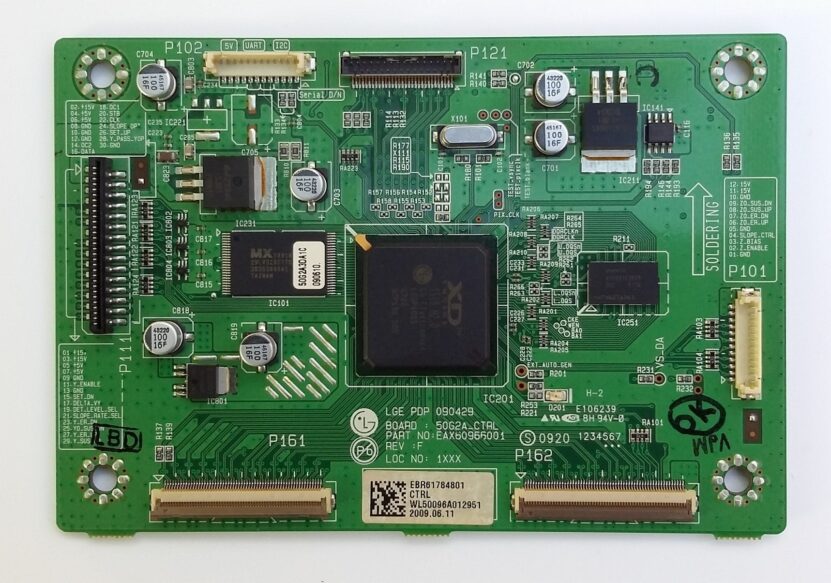
If the voltage reading is incorrect or nonexistent, the control board may be at fault. It regulates the power supply to the auger motor, so any malfunction can disrupt its operation. Inspect the control board for visible damage, loose connections, or burnt components. If you suspect a problem, consult the manufacturer’s manual for guidance on troubleshooting the control board. In some cases, a control board replacement may be necessary.
Cleaning and Lubricating the Auger Motor
Regular maintenance can prevent many auger motor issues. Over time, the motor may accumulate dust, debris, or pellet residue, hindering its performance. Clean the motor and surrounding areas using a soft brush or a vacuum cleaner. Also, lubricate the motor’s moving parts, such as the shaft and bearings, with a suitable lubricant recommended by the manufacturer. This will ensure smooth operation and prolong the motor’s lifespan.
Reassembly and Final Checks
After cleaning and lubricating the auger motor, reassemble the stove, ensuring all components are properly secured. Double-check the connections and wiring to ensure everything is in place and tightened correctly. Once reassembled, reconnect the stove to the power source and test the auger motor’s functionality.
Observing Motor Operation
Switch on the pellet stove and observe the auger motor’s operation. Pay attention to any unusual noises, vibrations, or irregular movements. The motor should run smoothly and deliver a consistent feed of pellets into the combustion chamber. If you notice any abnormalities, further troubleshooting may be required, and it is advisable to seek professional assistance.
Regular Maintenance and Upkeep

To prevent future issues with the auger motor, incorporate regular maintenance into your pellet stove routine. Clean the motor and surrounding components periodically to remove accumulated debris. Lubricate the moving parts as recommended by the manufacturer. Additionally, inspect the wiring and connections for any signs of wear or damage. By keeping up with maintenance, you can prolong the life of the auger motor and ensure optimal performance of your pellet stove.
Conclusion
Testing and troubleshooting the auger motor in your pellet stove is a valuable skill that allows you to diagnose and resolve common issues effectively. By following the steps outlined in this guide, you can identify motor-related problems, such as faulty wiring, damaged components, or power supply issues. Remember to prioritize safety throughout the process and consult your stove’s user manual for specific instructions and guidelines. With proper testing and maintenance, you can keep your pellet stove running smoothly and enjoy the efficient and cozy heat it provides.
